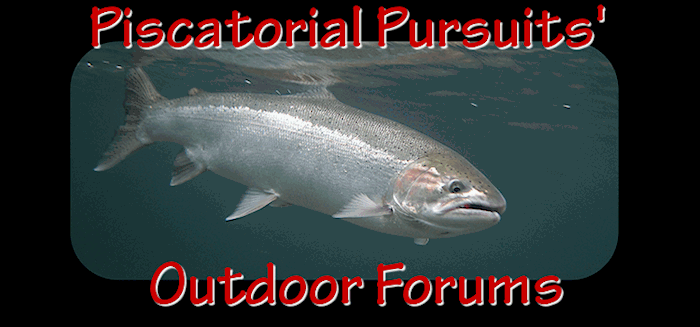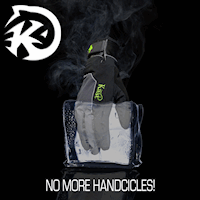Native Son,
Your observations are remarkably accurate; there is indeed a flip flop of run strength between Alaskan runs and Pac. northwest runs depending upon which part of the cycle we are in. Several climatologists and biologists published a paper showing this in the Bulletin of the American Meteorological Society in 1997 (not available on the web).
During this century, the warm cycle occurred from 1925 to 1946, followed by a cool cycle from 1947 to 1977, and a warm cycle from 1978 to 1997. We seem to have moved into another cool cycle in 97/98. The cool cycle favors Pac. NW runs with declines in Alaska. If the past is an indicator of the future, we would expect greater returns over the next 20 to 30 years.
How global warming would affect this cycle is anyones guess.
As far as artificial nutrient inputs, I agree with the post that stated that the benefits would not be as great down here. The greatest benefits would be for sockeye runs because these fish spend 1-2 years in a freshwater lake environment before migrating to sea. Nutrients, whether they be salmon carcasses or artificial inputs have a much greater affect in lakes where they can settle to the bottom and water is not flowing. This allows algae blooms and zooplankton populations to explode, characteristics of lakes, not streams. This provides juvenile sockeye with a lot more accessible prey, much more so then would be observed in a stream environment.
Not a silver bullet, but it certainly should be policy that non-diseased hatchery carcasses be returned to streams.
Finally, I am loath to say anything political, but I fear there would be a substantial incentive for a less-environmentally sensitive administration to reduce salmon recovery efforts, if indeed salmon returns begin to rebound because of more favorable ocean conditions. The tougher decisions that tend to hurt could go by the wayside--such as extending riparian buffers on streams, reducing harvest quotas, logging, agro, and development contraints within salmon watersheds, etc.
A century of evidence (even more) indicates that any increased runs would be temporary.













 Previous Topic
Previous Topic Index
Index



